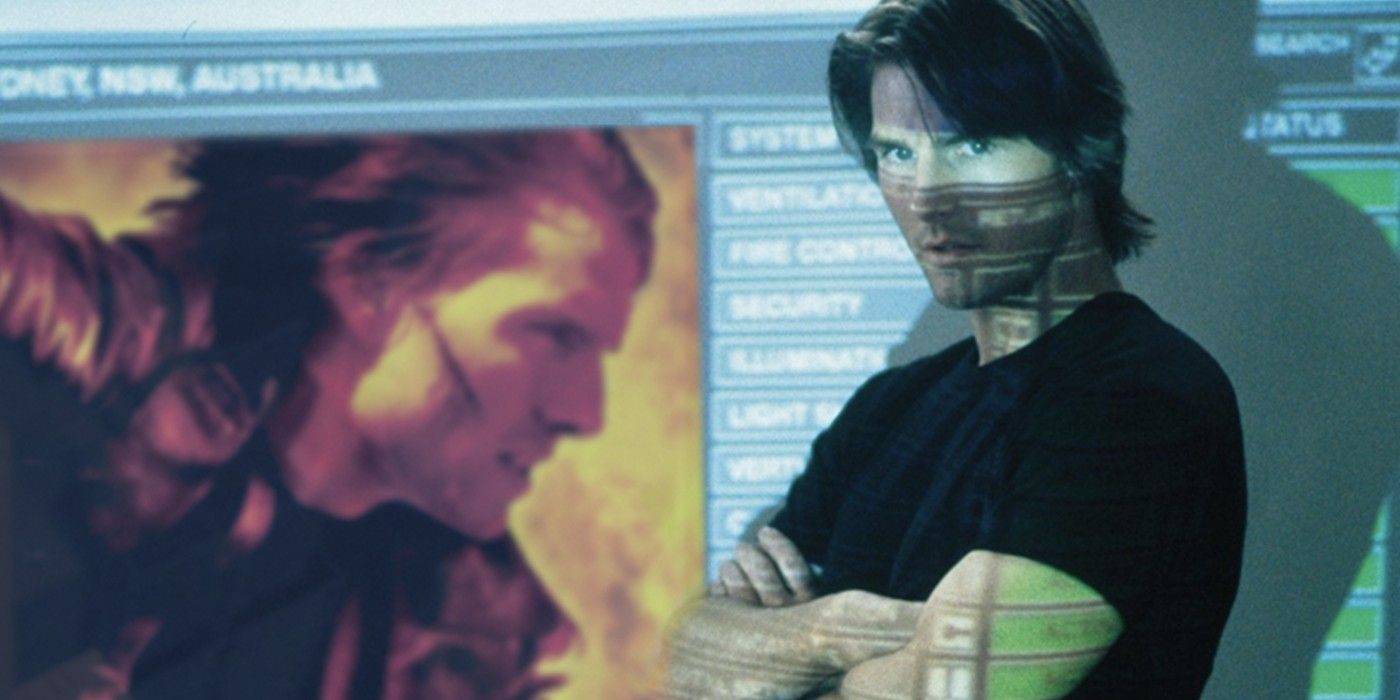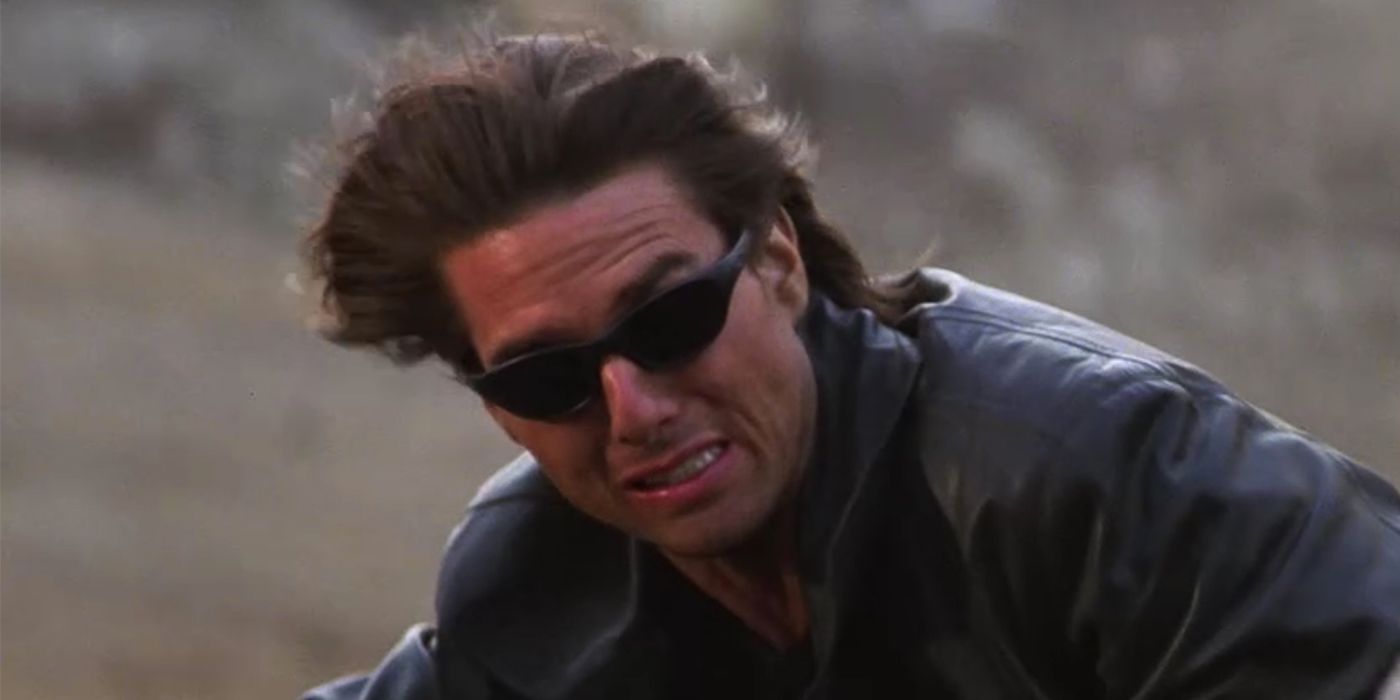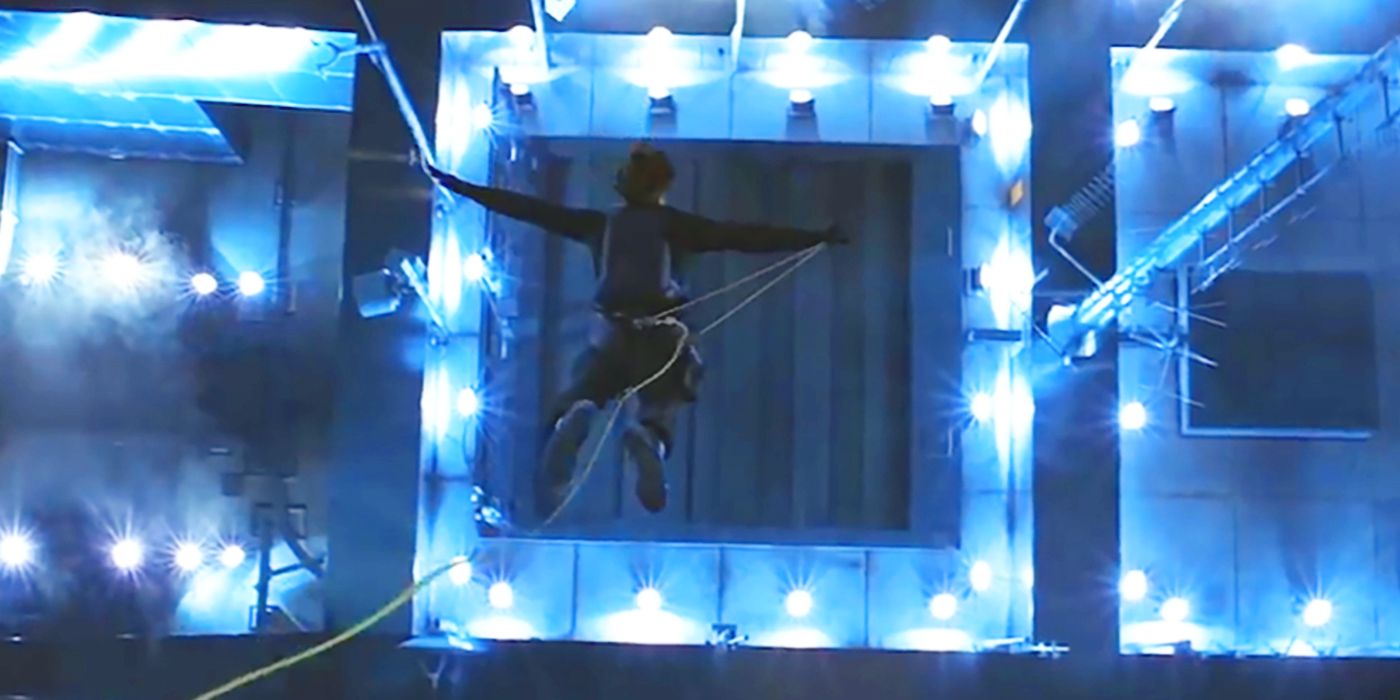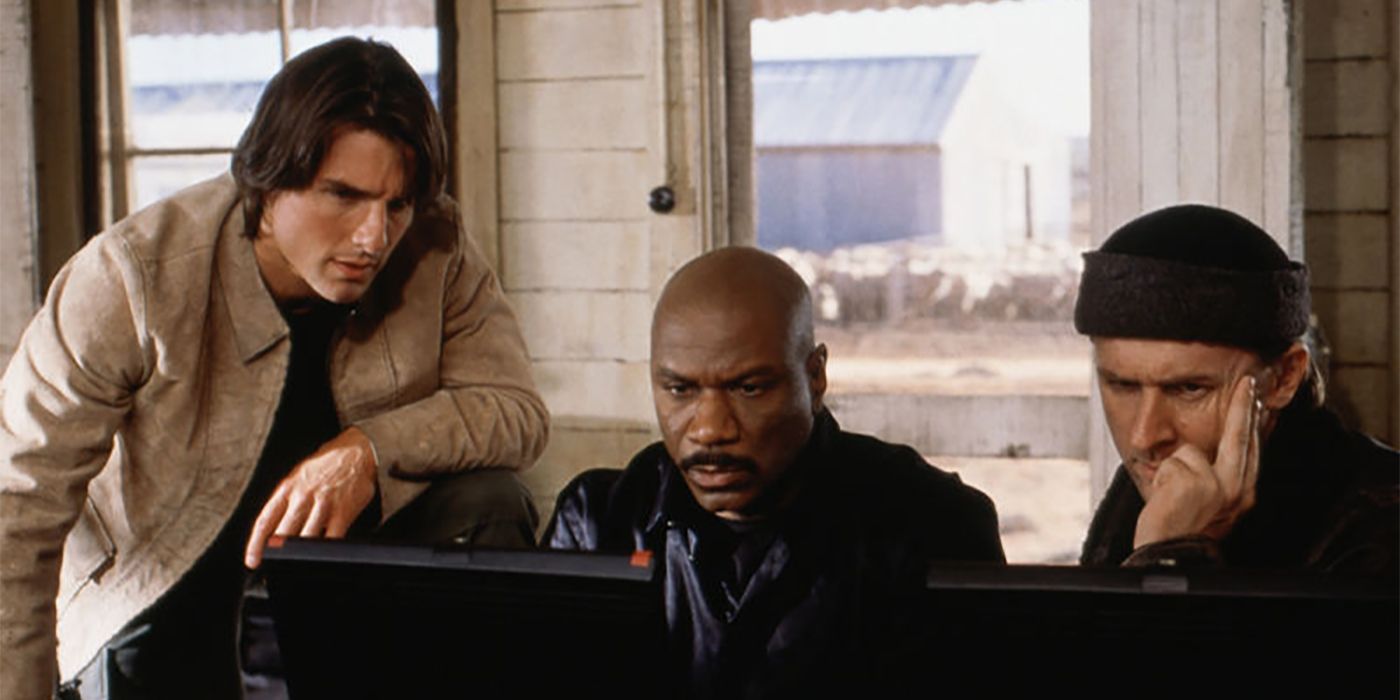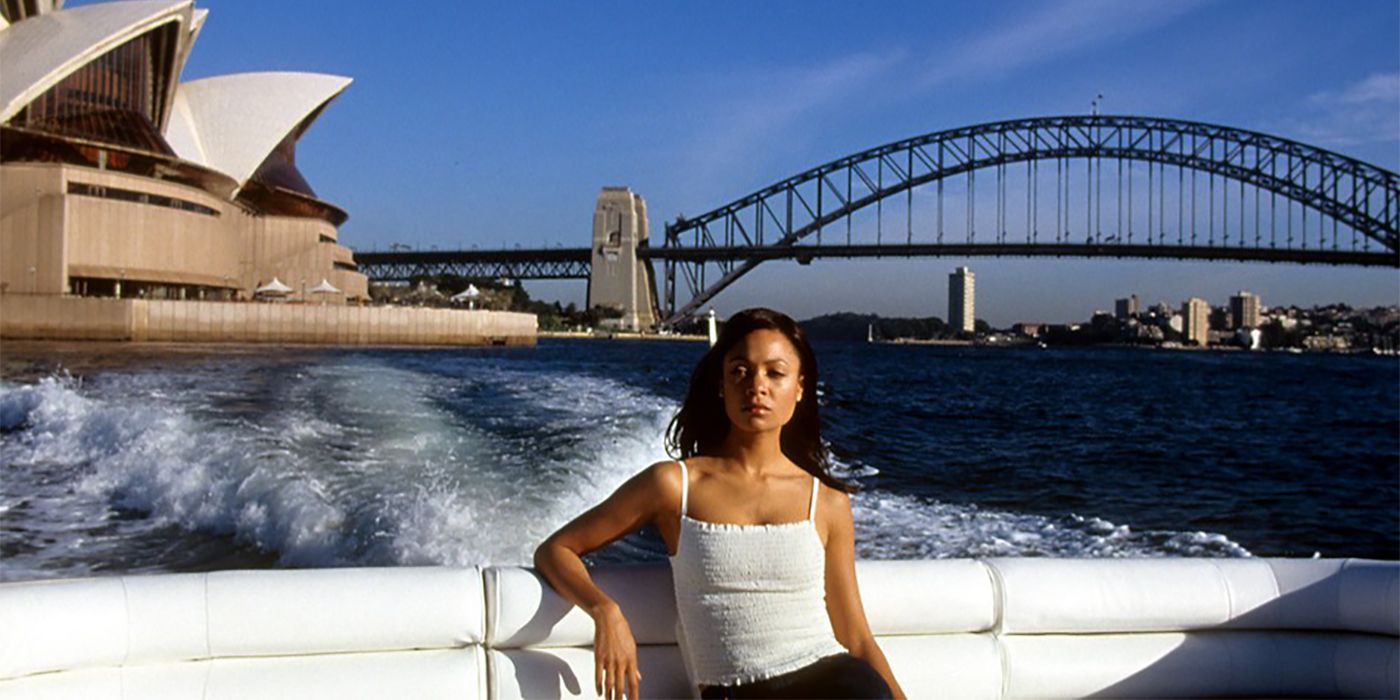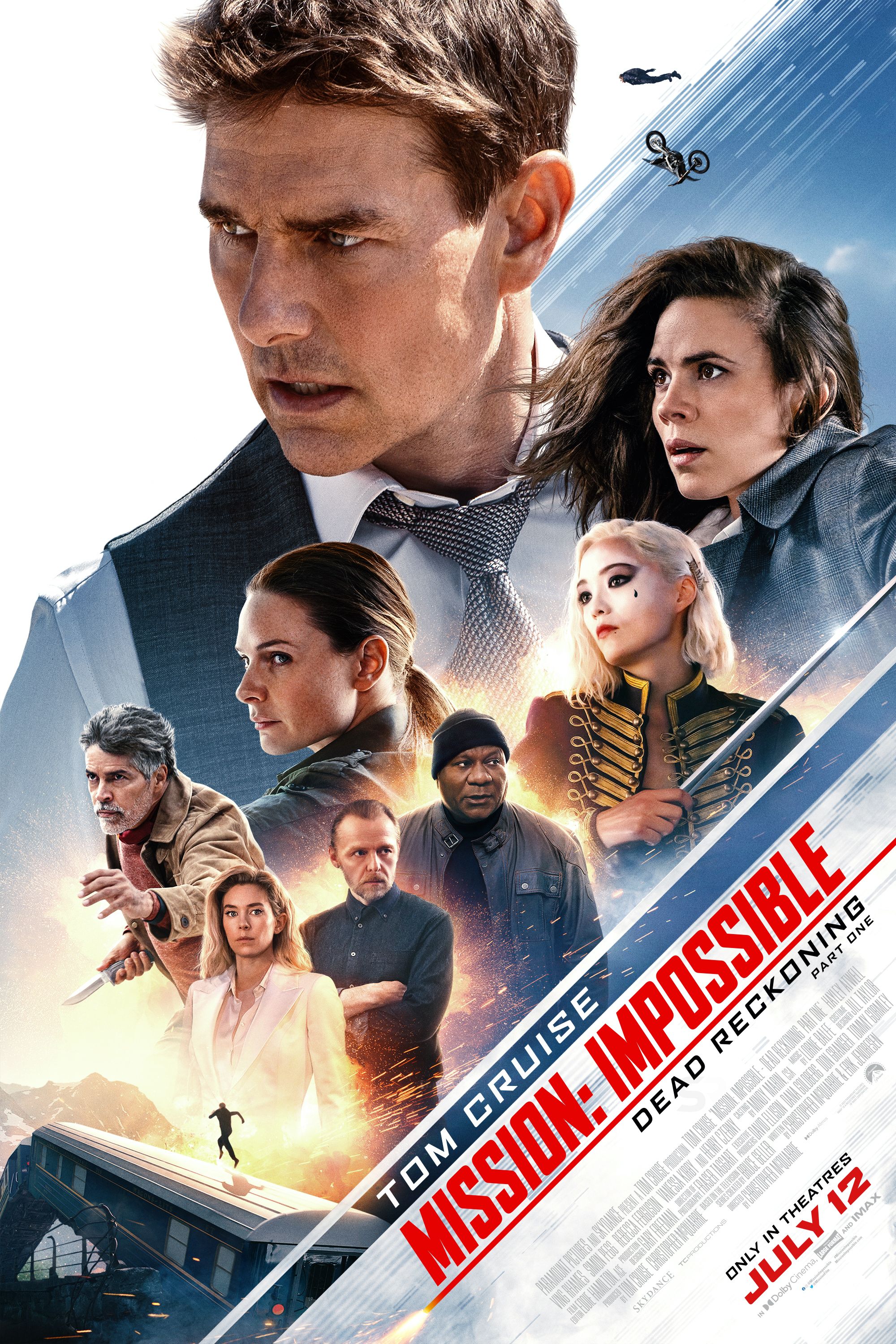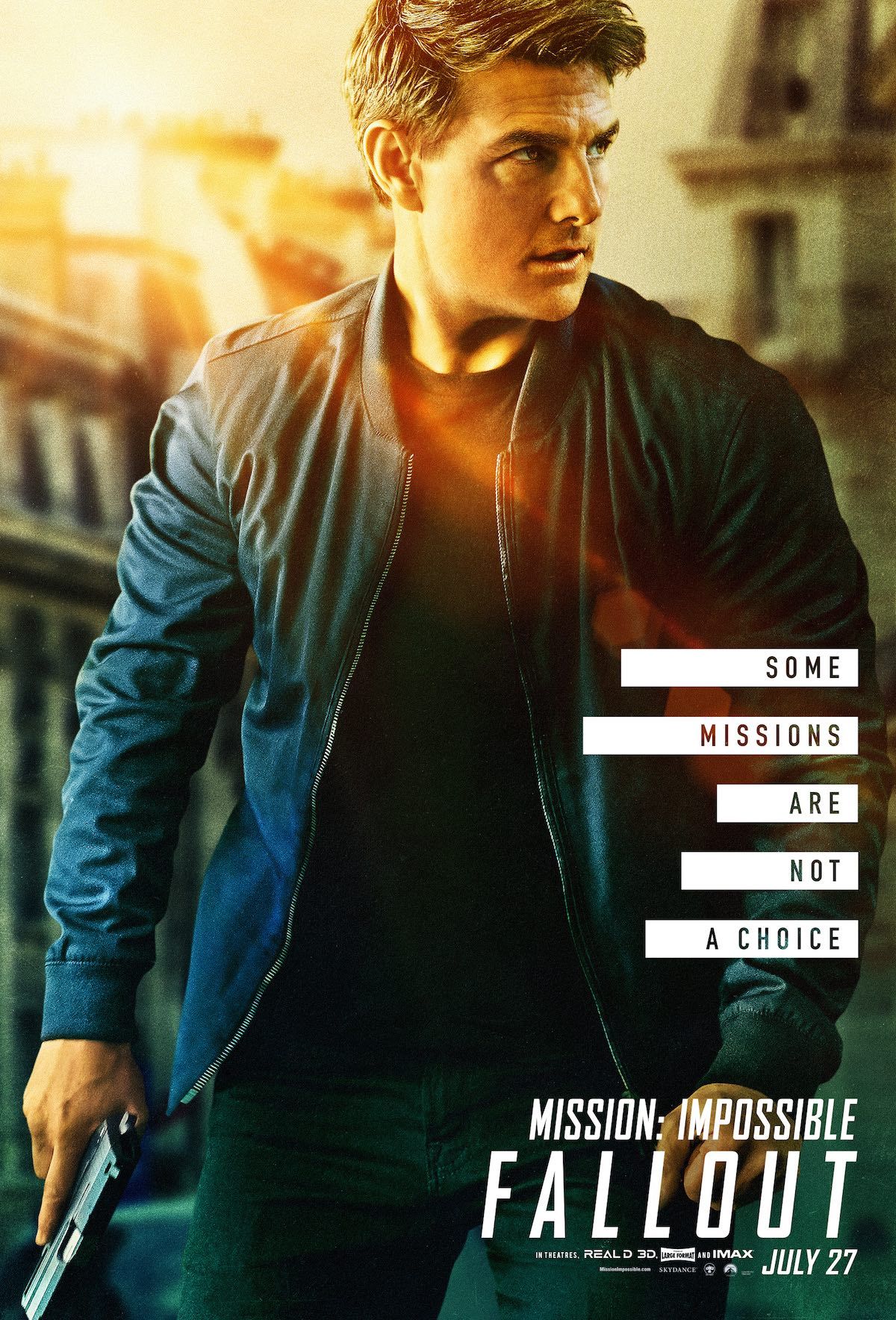The arrival of Mission: Impossible 2 in 2000 brought a film that seemed badly out of step with its 1996 counterpart. From its earliest moments, where Tom Cruise performs an engaging yet ultimately pointless rock climbing stunt, M:I2 just couldn’t seem to hit the mark in the same way that the first film had. This wasn’t for lack of trying, but each time the sequel attempted to up the ante with its stunts, action or plot, it fell flat in a way that its predecessor hadn’t. The end result was a film that still had moderate success at the box office, but left Mission: Impossible fans feeling empty.
Perhaps the somewhat disappointing direction that Mission: Impossible 2 went in was the result of Paramount wanting to make a film that focused more on action than international espionage. One of the key criticisms of Brian De Palma’s Mission: Impossible had been that its story was often bogged down by some convoluted elements. The sequel certainly took care of that, focusing instead on the sort of straightforward action that its director, John Woo, was known for at the time. This may have given M:I2 an abundance of full throttle moments in terms of fist fights and chase scenes, but in doing so, it also arguably robbed a new franchise of much of its heart. Placed side by side, the two films feel very different, and it is this difference that has since lead to M:I2 being widely acknowledged as the weakest link in the series.
Surely, however, the lack of success that Mission: Impossible 2 experienced can’t simply come down to a decision to increase its action. Other factors have to have been at play. In order to take a more precise look into the possible reasons for M:I2’s lacklustre appeal, it’s necessary to explore the film on a deeper level. The four films that followed in the Mission: Impossible franchise after M:I2’s release approached the genre in an entirely different way, which also served to underscore M:I2’s weaknesses. Thankfully, the series has stayed clear of making the same mistakes since, and though the film isn’t a favorite of many Mission: Impossible fans, it does represents a trial and error approach toward strengthening the series. Just what went wrong with Mission: Impossible 2? Here’s everything.
Mission: Impossible 2 Was Too Cheesy (Like A Bond Movie)
Today, many people acknowledge the Mission: Impossible series as being a major influence on the way the current action/spy genre has grown and evolved. The direction that M:I was taking things in and the style in which those things were being done impacted the James Bond franchise. But at the time of M:I2’s release, that influence had yet to be felt. Bond films, it seems, were the source of John Woo’s inspiration for his M:I sequel. The film brims with over-confidence and smugness, rendering it highly reminiscent of Roger Moore era Bond films. The cheesy clichés are out in full force too, with IMF operative Ethan Hunt (Cruise) behaving far more like a lady’s man, whose every move is perfect. There’s an arrogance to Hunt that isn’t present in later films, as he swaggers about ready to take on the world alone.
It’s also worth noting that Woo’s experience in action filmmaking at the time included Jean-Claude Van Damme and John Travolta titles. These films utilised many of the cheesier elements that M:I2 employed. A reliance on gimmicky and dated filming techniques prevails throughout the film, with Cruise’s actions, like sliding along floors and firing two guns at once, rendered in slow motion. In what is arguably the film’s cringe-worthy coup de grace, Woo cranks the cheese factor to the max, focusing his ubiquitous slow motion on a lone dove as it emerges from the flames of an explosion, followed by Cruise. All of it adds up to a look and feel of a bygone era - one that may have worked flawlessly for several decades in the Bond franchise, but was now clearly reaching the end of its life cycle.
The Biggest Stunts Were Unoriginal
Though there is the odd moment during Mission: Impossible 2 in which viewers are treated to some engaging but minor stunts, in the end there’s little of note in the film as a whole. As previously mentioned, the opening scene in which Cruise rock climbs is impressive, but it lacks any real purpose, and because of that it loses its potential for being more exciting than it is. What’s more, Woo doesn’t seem to have any qualms repeating the first film’s most widely recognized moment, when Hunt is lowered into a highly secured area via a harness. Not only does M:I2 offer an almost identical sequence, but it’s also the film’s key moment. For a large scale sequel to an acclaimed Tom Cruise title, this simply isn’t good enough.
As Mission: Impossible 2 approaches its finale, a monstrous battle on motorcycles takes place. Here, yet again, Woo introduces stunts he’d previously utilized, most memorably in Jean-Claude Van Damme’s Hard Target. Hunt rides directly through walls of flames from exploded enemy vehicles, effortlessly covers every angle with his gun while driving, and always manages to hit just the right spot with his shots to blow up and flip every car that pursues him. And just as in Hard Target, Hunt finds himself playing a high speed game of Chicken on a motorcycle that’s leaking fuel. The sole difference between Hard Target and M:I2 in this respect is that while Van Damme stands on his motorcycle in order to flip over the approaching truck of baddies, Hunt opts to just launch himself into the air seconds before impact with his foe’s motorcycle. The two meet mid-air for a grapple, their bikes colliding and exploding – in slow motion.
Ethan Hunt Lacked A Proper Team
Arguably one of the most engaging elements in the Mission: Impossible franchise are the lengths that Cruise will go to in performing stunts. But another vital, yet lesser acknowledged component of M:I’s success comes from the on screen team effort that each mission involves. Hunt is part of a dedicated crew as the films progress, and this works to make the situations more multi-faceted. Characters like Simon Pegg’s Benji, Jeremy Renner’s William Brandt and Rebecca Ferguson’s Ilsa Faust have all been welcome additions over the years. Mission: Impossible 2 does offer the return of Luther Stickell (Ving Rhames), but beyond that, the introduction of Australian operative Billy Baird (John Polson) provides a character who is both dull and flat – two qualities that should never be allowed in any M:I character.
Even with a team (albeit a far more pared down version than what successive instalments offer), Hunt is still clearly in control. Of course, audiences want to see Hunt in control, but Mission: Impossible 2’s balance between Billy, Luther and Hunt is badly skewed. In order to avoid the clichéd one-man-saves-the-world-from-everything approach that early Bond films helped popularise, Hunt’s role as an IMF operative needs the backing of others. It’s not at all credible to see him hell-bent on saving the world by himself, and simply having two background men available to fly a helicopter or shoot the odd gun isn’t adding anything to the degree of entertainment in M:I2. In fact, this lack of cohesion among operatives also manages to lay bare Hunt’s character. With more time to focus on him, it’s clear that Woo has done nothing to expand or build Hunt into something more complex than an invincible action hero. It was a significant mistake, as even in 2000, Mission: Impossible fans were already a world apart from the sort of hackneyed action films that Woo had been making.
Other Significant Issues
Not only did Woo’s efforts on Mission: Impossible 2 come off as a tone deaf focus on action scenes above all else, the director’s desire to more or less set the entire film in one location also didn’t help. This isn’t to say that Australia isn’t a stunning location for any film to be shot in, but numerous locales is one of the key hallmarks of the spy genre. It’s also something that the first film in the series offered. Exactly why Woo chose to shoot solely in Australia is unclear, but the decision made the production feel (and look) limited, again harkening back to the lack of connectivity between Hunt and any sort of team. Without a global context to the story that is being told, it’s harder for a viewer to imagine what’s at stake. It’s also easier to doubt the legitimacy of what’s taking place on screen, if only one man, in one location, is supposedly working to save the entire planet.
The disadvantages of one location were also compounded by a reliance on cheap looking sets, most of which would have been perfectly at home on a low-budget TV series. It’s hard to grasp the intended scope of a Mission: Impossible film when its protagonist is poking around dark grey corridors that clearly have no connection to the real world he’s supposedly fighting for. Whether these sets were a budgetary trade off for more explosions, motorcycles and cars is unknown, but whatever the case, those components certainly weren’t worth sacrificing the entire film’s aesthetic for. It’s also surprising that M:I2 wasn’t able to expand its horizons more, especially since its budget was a full $45 million greater than its predecessor. Again, much of this likely went to fuelling the film’s over the top action elements.
Now twenty years since M:I2’s release, the film can be seen as an experimental stage for the franchise. Still uncertain of exactly what it wanted to be at the time, the argument can be put forth that without M:I2 to learn from, audiences wouldn’t have ultimately been given the thrilling, action-packed series that currently exists. In this way, Woo’s efforts on M:I2 accomplished a valuable task: emphasizing just what shouldn’t be done in the franchise if it wanted to grow and evolve. Mission: Impossible 2 isn’t necessarily a bad film – after all, there are plenty of action film fans who would find it engaging in all the ways that an action movie should be. But as a Mission: Impossible film, it is not only bad, but also misguided. It lacks too much to appeal to its intended audience – and its inability to know that audience is most likely the single biggest contributor to its overall lack of quality.

